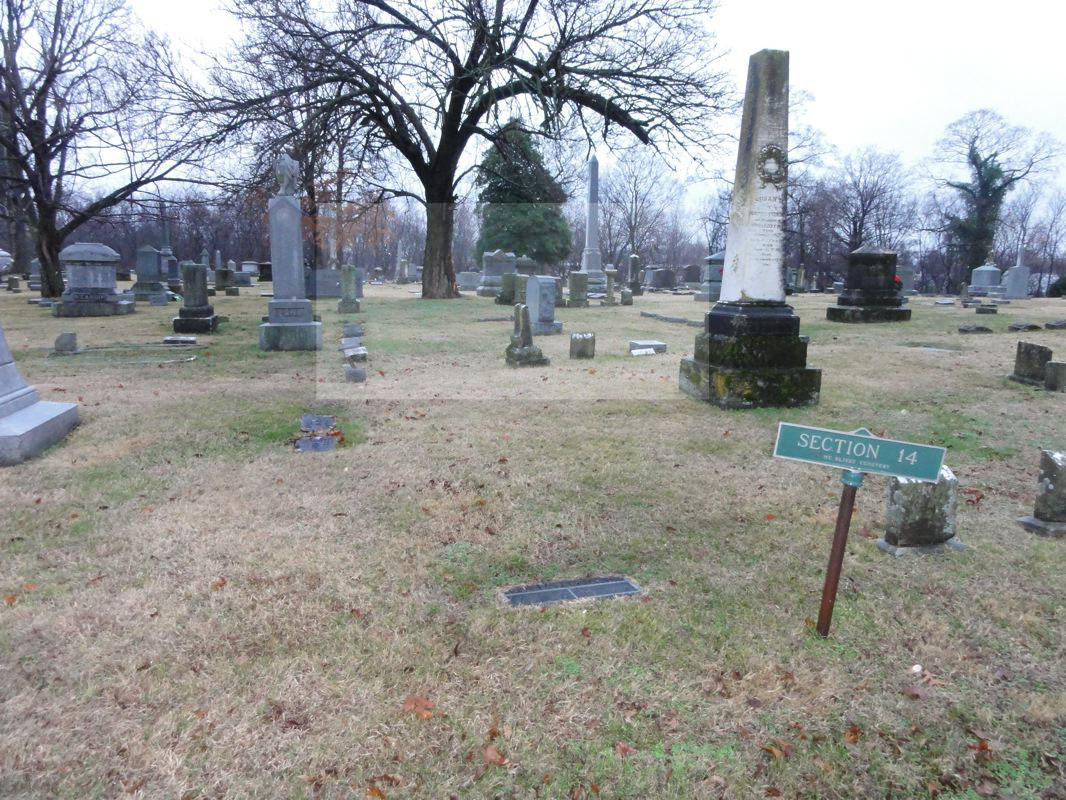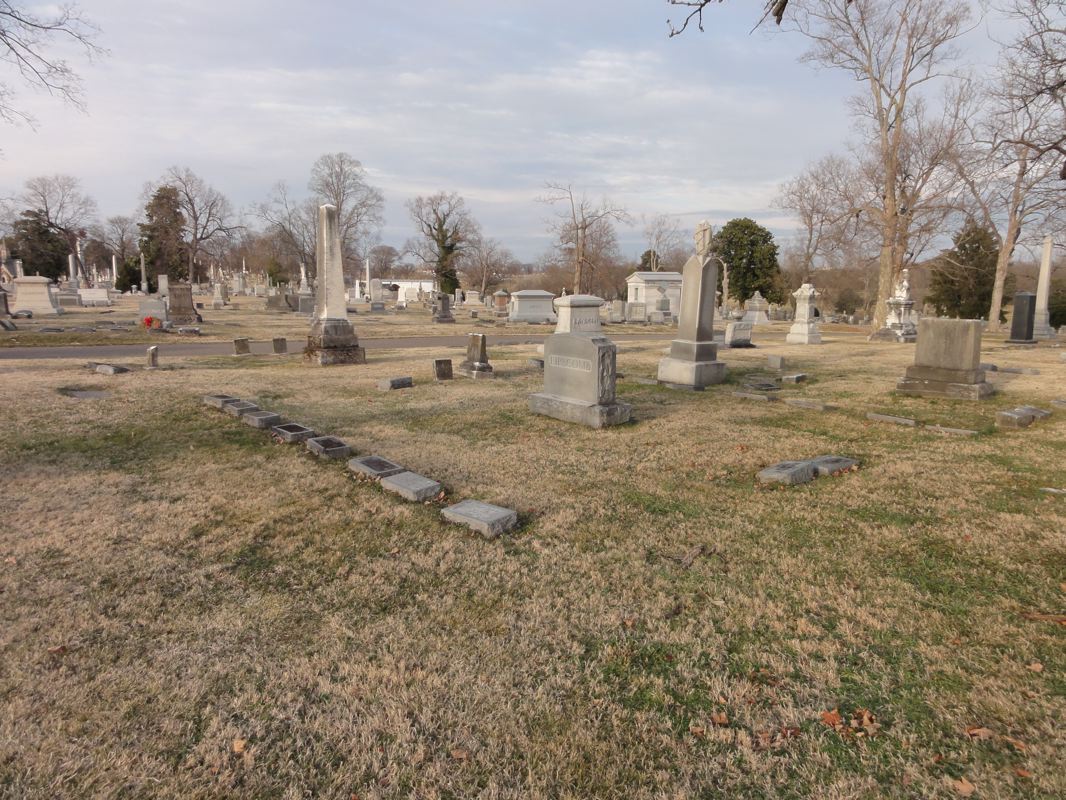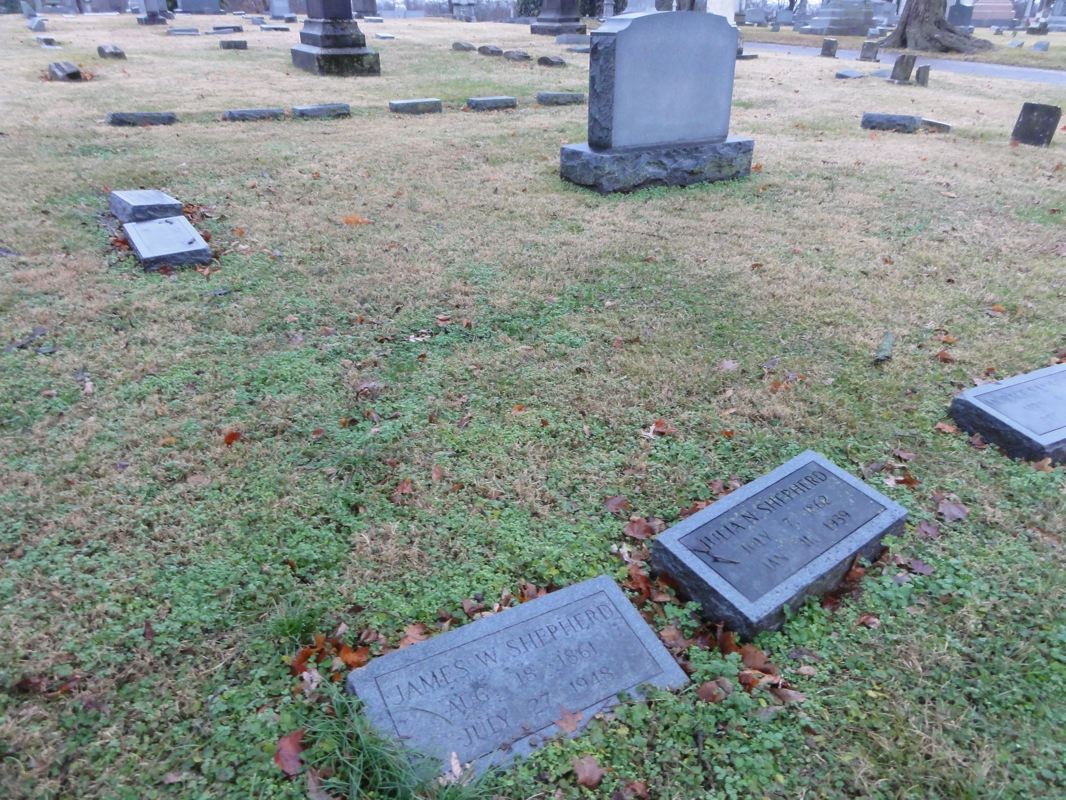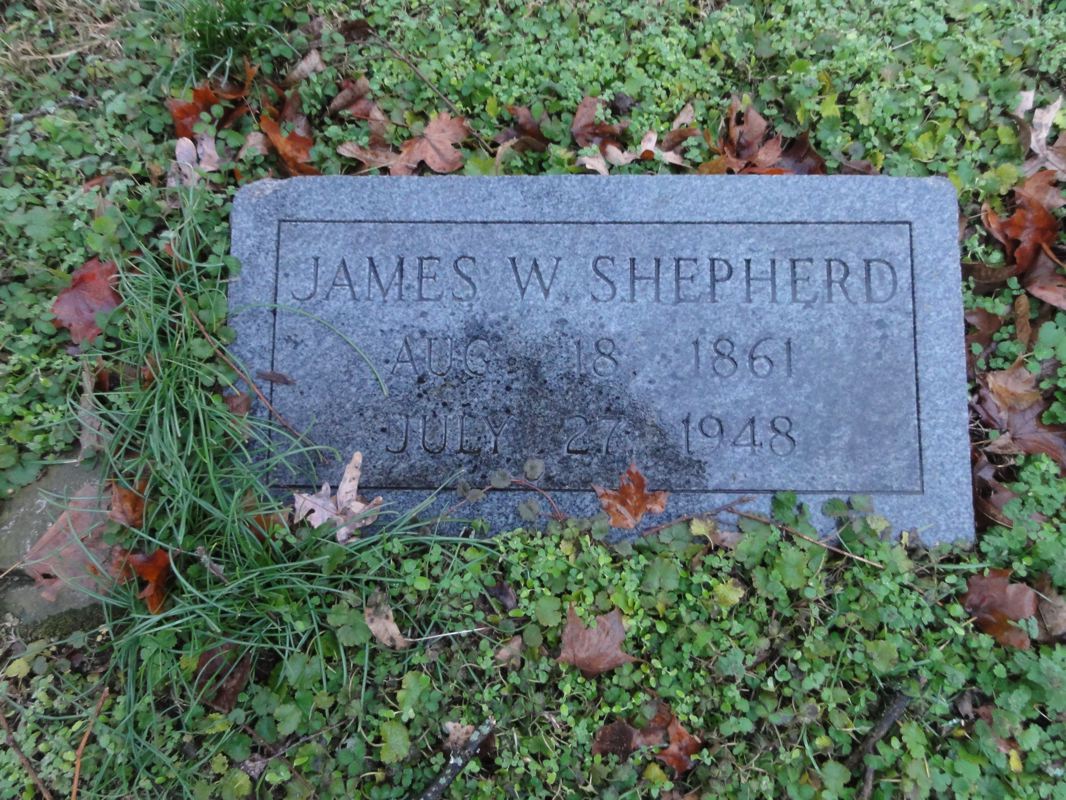James Walter Shepherd
1861-1948
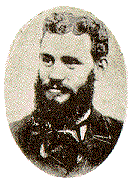
Can You Count The Apples In A Seed?
The late B. C. Goodpasture used to tell of the time when James A. Harding held a gospel meeting in Clark County, Kentucky. The year was 1877. When an elder of the church was asked about it, he said it was ". . . not much of a meeting. Oh, brother Harding did his usually powerful preaching, the attendance was fair, but the results were negligible. Only little Jimmy Shepherd was baptized."
Someone has said that you can count the number of seeds in an apple, but you cannot count the number of apples in a seed. When applied to the preaching of the gospel that means you can count the number of people who respond to gospel preaching to be baptized, but you cannot count the number of good things done in the life of one person who becomes a Christian, as in the case of James W. Shepherd.
Brother Shepherd went to the College of the Bible, Kentucky University and graduated in 1884. On February 29, 1888 he traveled with his family to New Zealand, remaining there two years. From New Zealand he went to Australia, where he remained almost three years, during which time he preached in Sydney, Melbourne, Balarat, New Castle, and Adelaide. Leaving Australia he returned to the United States by way of the Orient. He traveled extensively. Passing through the Suez Canal, he could see Mt. Sinai in the distance, but he did not visit the Bible lands. He did visit Scotland and England, and being a lover of books, he collected many volumes for his private library and materials for books which he would later write. From 1905 to 1912 he served as office editor for the Gospel Advocate. Later he preached for churches of Christ in Detroit, Michigan, Washington, D.C., Richmond, Virginia, and Birmingham, Alabama.
His famous Handbook on Baptism was published in 1894. His teacher at the College of the Bible, Professor J.W. McGarvey, referred to the book as "the best and most comprehensive work of its kind in existence." In 1910 brother Shepherd edited and compiled Queries And Answers, containing questions answered by David Lipscomb in the Gospel Advocate. He put together material for another volume bearing the name of David Lipscomb, Salvation From Sin. Also, at the request of the aged Lipscomb, brother Shepherd took Lipscomb's notes on some of the New Testament epistles and completed them for publication in the Gospel Advocate series of the New Testament commentaries.
Brother Shepherd passed from this life on Tuesday evening, July 27, 1948. The good that was accomplished in the response of "little Jimmy Shepherd" to a gospel sermon heard long ago can never fully be measured in human terms. It is when we can "count the seeds in an apple" that we think the greatest amount of good is done. The amount of good accomplished for the cause of Christ by men and women of average existence are the apples in the seed of truth that we are rarely possessed with the patience to count. Try to count the apples in a seed!
Dennis Gulledge - The Messenger, Kennett, Missouri
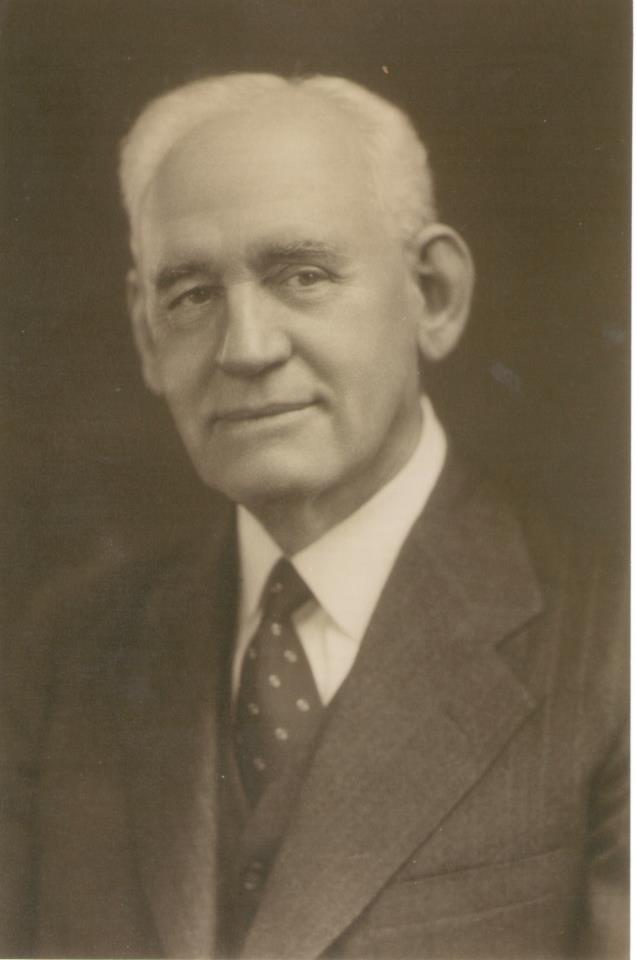
Biographical Sketch Of The Life Of James W. Shepherd
Like many other great men of the church, James W. Shepherd was a Kentuckian by birth. He was born in Irvine, Clark County, on August 18, 1861. He was the son of J. J. and Emily Bush Shepherd. He was the oldest of 12 children. On January 11, 1887, Shepherd was united in marriage with Miss Julia Neely of Shelbyville, Tennessee. She died in Nashville, Tennessee, on the morning of January 11, 1939.
To the Shepherds, five children were born -- one daughter and four sons. The daughter, Mrs. Mary French, was born in Shelbyville; Robert, the oldest son, was born in New Zealand; Sydney was born in Sydney, Australia; and David was born in Lynnville, Tennessee; and James was born in Nashville, Tennessee.
Under the preaching of the lamented James A. Harding, Shepherd obeyed the gospel February 1, 1877, and began preaching June 18, 1882. He was educated in the country schools of Kentucky and the College of the Bible, Kentucky University, now known as Transylvania University. He entered the College of the Bible in 1881 and was graduated in 1884. He built fires in the dormitories to help pay expenses while in college. After one year in college, he began preaching. During the summer of 1882, he made a preaching tour into the Cumberland Gap section of Kentucky with I.B. Grubbs, one of his teachers at the College of the Bible. This trip was made on horseback. On the way, Grubbs asked Shepherd how many sermons he had. To this, Shepherd replied, one. Then Grubbs asked him how he expected to conduct a meeting with one sermon. He answered that he expected to get some sermons from the preaching of Grubbs. The first meeting created so much interest that it was necessary to continue it past the time set for the beginning of the second meeting. Shepherd was sent ahead to begin the second meeting on the Grubbs/Shepherd schedule, and by the time Grubbs got there, Shepherd had the meeting going so well that the brethren asked Grubbs to let his brilliant student do all the preaching. During the vacation of 1883, he preached in Madison County, Alabama, as an evangelist assisting the church in Huntsville, Alabama, which began under the preaching of James A. Harding on February 18, 1883.
The Berea congregation in Madison County was established under the preaching of Shepherd on August 18, 1883. On February 29, 1888, he embarked, with his family, on a ship bound for New Zealand. In New Zealand, he preached two years. The church with which he labored was greatly strengthened by his preaching. Leaving New Zealand, he went to Australia where he remained about three years. During this time, he preached in the larger cities of that country such as Sydney, Melbourne, Balarat, Newcastle, and Adelaide. Leaving Australia, he returned to the States. He visited England and Scotland on the way back to the States and collected many cherished volumes for his library in those countries. For 15 years, after returning to this country, he did what is commonly called evangelistic work. From 1905 to 1912, he was office editor of the Gospel Advocate. He labored with churches in Detroit, Michigan; Washington, D.C.; Richmond, Virginia; Birmingham, Alabama; and Nashville, Tennessee.
Shepherd wrote many books. In 1894, he wrote a book entitled "Handbook on Baptism." In 1910, another volume was published entitled "Questions and Answers." It was a collection of material from the Query Department of the Gospel Advocate which was conducted by David Lipscomb. Another volume compiled by Shepherd from the writings of Lipscomb was "Salvation From Sin" first published in 1913. This volume is generally regarded as containing the cream of David Lipscomb's writing. "The Church, The Falling Away, and The Restoration" was published in 1929. This is a production of Shepherd's own pen. It is a splendid history of the church, especially of the Restoration Movement.
Shepherd died at the home of his daughter, Mrs. Mary French, in Detroit, Michigan, on Tuesday evening, July 27, 1948, after a brief illness. Funeral service was conducted in Detroit on Thursday evening. The body was brought to Nashville for burial in Mount Olivet Cemetery. The burial service was conducted on Saturday, July 31.
In the death of Shepherd, one of the very last "old guard" passed away. He knew McGarvey and Grubbs, Lard and Harding, and Lipscomb and Sewell. He was their friend and co laborer. In his death, the church lost one of its many faithful and useful men. When Lincoln died, Markham said his passing left "a lonesome place against the sky." For the entire brotherhood, the death of James W. Shepherd leaves a "lonesome place against the sky."
-In Memoriam, Gussie Lambert, Shreveport, LA, c.1988, pp.254-256
____________________________
Directions To The Grave of J.W. Shepherd
J.W. Shepherd is buried on the edge of the Lipscomb plot in the Mt. Olivet Cemetery, just across from David Lipscomb.
GPS Coordinates
36.146913,-86.734248
![]()
The Lipscomb / Shepherd Family Plot
James W. Shepherd - August 18, 1861 - July 27, 1948
Julia N. Shepherd - July 7, 1862 - January 11, 1939
